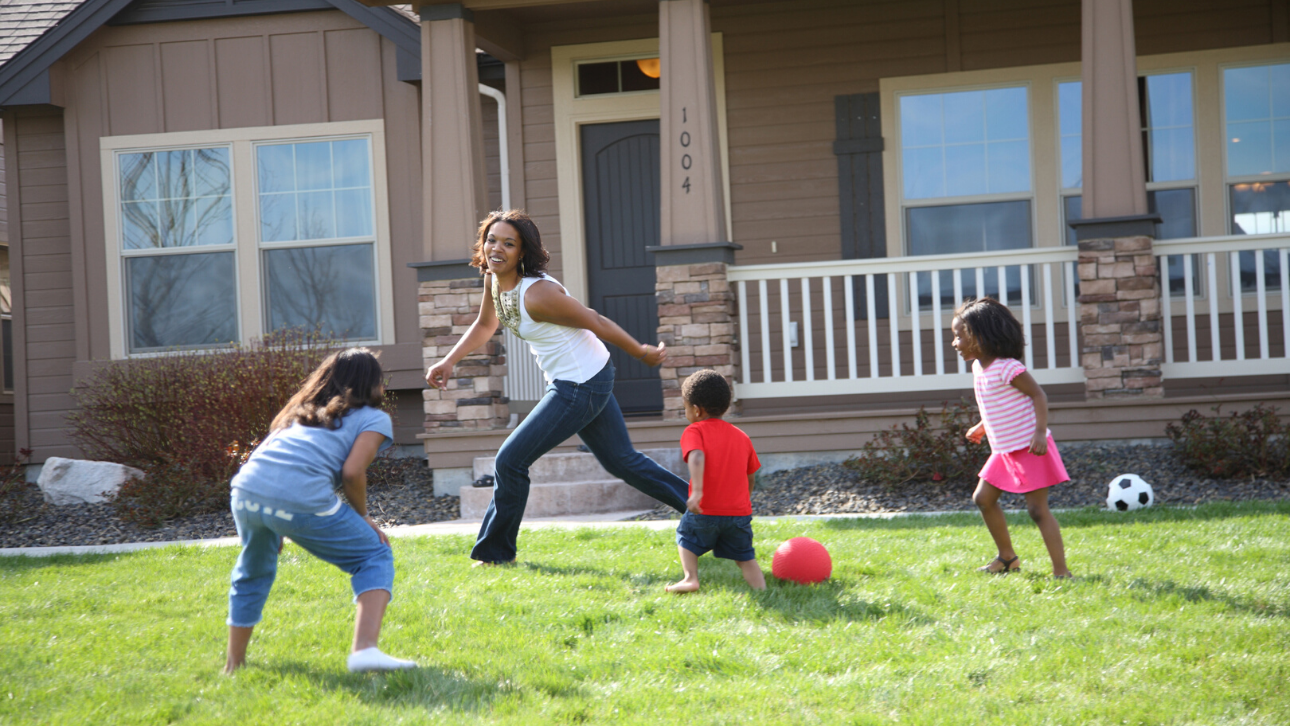Family Renter Housing

A Response to the Changing Growth Dynamics of the Next Decade
Family renter households are a large and often forgotten segment of the American housing landscape. As the millennial generation has come of age, the development community has largely responded by focusing on its youngest members. Often single, urban, and transient, these individuals have driven the construction of the luxury rental apartment buildings that now line the central business districts, mixed-use neighborhoods, and rapidly changing suburbs of most major metropolitan areas. At the same time, new development has largely neglected one of the largest and most critical renter segments: families.
Going forward, families are likely to play an even more important role in the rental housing market. Although the number of families living in the United States remained relatively constant during the past decade, this demographic is poised to experience significant growth in the 2020s and beyond as more and more millennials have children. Similar to these demographic trends, housing preferences are also shifting in a way that is supportive of family-oriented rental development. Together, declining homeowner rates and rising housing costs are spurring a need for—and a business opportunity to build—new and interesting forms of rental housing that target a broader range of households, including many families.
Today, families are more diverse than ever. Defined in this report as those households with children living at home with them, families are no longer limited to the traditional archetype of two parents with one or more children. Single-parent and multigenerational households are becoming increasingly common, and these groups have vastly different housing needs, prompting an important question: What is family-oriented rental housing? This report defines it broadly: housing of any density with two—or ideally three—bedrooms.
The development community is beginning to react to this opportunity in a number of ways. From suburban townhouses to multifamily apartments, family-oriented rental housing is starting to emerge across the country. Although rarely explicitly marketed to families, these communities offer floor plans, amenities, and locations that are especially attractive to households with children. More important, these family-friendly rental options have been built in relatively small quantities this economic cycle, despite their increasing demand.
This mismatch between the supply of and the demand for family-oriented rental housing is partly attributable to barriers that stand in the way of its development. There are a number of reasons why this product is not yet widespread, ranging from developer resistance and unfamiliarity, to regulatory obstacles and limitations. Moreover, this product is actually disappearing in many cases, as developers convert, subdivide, and redevelop existing family housing into units less appealing to households with children. This dynamic highlights the risk that family renters face, as well as the opportunity to better serve these individuals.
This report demonstrates the changing demand dynamics for family-oriented rental housing, illustrates the new and exciting development typologies that are responding to this opportunity, and discusses the barriers that have stood—and continue to stand—in the way of construction.
Report Summary: Family renter households are a large and often forgotten segment of the American housing landscape. As the millennial generation has come of age, the development community has largely responded by focusing on its youngest members. Often single, urban, and transient, these individuals have driven the construction of the luxury rental apartment buildings that now line the central business districts, mixed-use neighborhoods, and rapidly changing suburbs of most major metropolitan areas. At the same time, new development has largely neglected one of the largest and most critical renter segments: families.
Going forward, families are likely to play an even more important role in the rental housing market. Although the number of families living in the United States remained relatively constant during the past decade, this demographic is poised to experience significant growth in the 2020s and beyond as more and more millennials have children. Similar to these demographic trends, housing preferences are also shifting in a way that is supportive of family-oriented rental development. Together, declining homeowner rates and rising housing costs are spurring a need for—and a business opportunity to build—new and interesting forms of rental housing that target a broader range of households, including many families.
Today, families are more diverse than ever. Defined in this report as those households with children living at home with them, families are no longer limited to the traditional archetype of two parents with one or more children. Single-parent and multigenerational households are becoming increasingly common, and these groups have vastly different housing needs, prompting an important question: What is family-oriented rental housing? This report defines it broadly: housing of any density with two—or ideally three—bedrooms.
The development community is beginning to react to this opportunity in a number of ways. From suburban townhouses to multifamily apartments, family-oriented rental housing is starting to emerge across the country. Although rarely explicitly marketed to families, these communities offer floor plans, amenities, and locations that are especially attractive to households with children. More important, these family-friendly rental options have been built in relatively small quantities this economic cycle, despite their increasing demand.
This mismatch between the supply of and the demand for family-oriented rental housing is partly attributable to barriers that stand in the way of its development. There are a number of reasons why this product is not yet widespread, ranging from developer resistance and unfamiliarity, to regulatory obstacles and limitations. Moreover, this product is actually disappearing in many cases, as developers convert, subdivide, and redevelop existing family housing into units less appealing to households with children. This dynamic highlights the risk that family renters face, as well as the opportunity to better serve these individuals.
This report demonstrates the changing demand dynamics for family-oriented rental housing, illustrates the new and exciting development typologies that are responding to this opportunity, and discusses the barriers that have stood—and continue to stand—in the way of construction.


